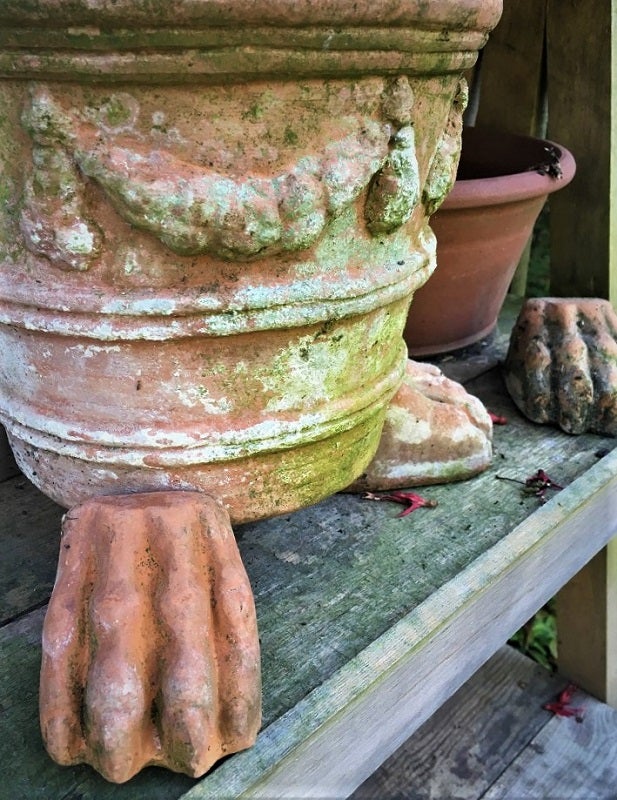And Now You Know: The Dryden Ferry, a two hour wait for a 10 minute crossing
Published 8:28 am Saturday, March 17, 2018
By Mike Louviere
Until 1926, the only way to travel between Orange and Port Arthur was to drive through Beaumont. It was not an easy drive, and it took several hours.
On May 8, 1926, a ferry began operation across the mouth of the Neches River. It was one of the biggest events of the time. The celebration started at 10 a.m. and lasted until dark.
The ferry would enable drivers to leave Port Arthur, cross the river, drive through Prairie View (present day Bridge City) and Orangefield into Orange. Shortening the long drive through Beaumont to Orange from Port Arthur, and vice versa, was worthy of a celebration.
On the day the ferry started operation there was an estimated 3,000 cars lined up to use the ferry. Only about 1,000 were actually able to cross the river that day. Those who could not use the ferry were faced with having to figure out how to turn around on the narrow shell road that was the approach to the ferry on the Port Arthur side and the shell road and long trestle on the Orange County side.
Construction of the approach roads to the ferry was somewhat difficult. There were miles of marshland on both sides of the river that had to be built up with enough shell to support automobile traffic.
Between the river and dry land on the Orange County side was Old River Cove. A wooden trestle 5,117 feet long had to be built to span the cove. When completed the trestle was one of the longest in the South.
The Jefferson County link of the highway was built with $30,000 from a two million dollar road bond issued in 1921. Additional money came from the county’s Road and Bridge Fund. No state aid was used.
The Orange County approach was funded with $35,000 from the county and $65,000 from the State Highway Department Road Improvement Fund.
The ferry was a barge tied to a small tug boat. When the ferry docked, the boat was untied and turned around for the return trip.
In the ten years the ferry operated there was only one accident. Two young men in a car drove through the wooden barrier. The car went into the river and both men drowned.
The first months the ferry operated, it was free during daylight hours. After 5 p.m. there was a 50 cent charge per car. The state highway department eventually removed the charge and made the ferry a free 24 hour operation.
The ferry reduced the mileage driven between Port Arthur and Orange, but there was not much time saved.
The capacity of the ferry was only 12 cars. There were often so many cars in line for the crossing, which only took 10 to 15 minutes, that the wait to board the ferry was often two hours or longer.
The long waiting time to use the ferry was often frustrating and it was not long before a bridge across the river began to be discussed.
South Jefferson and Orange Counties were in favor of a bridge. Opposition from North Jefferson County was fierce. Beaumont interests did not want to lose what they considered the economic advantage of traffic traveling between Orange and Port Arthur.
The first river crossing was discussed in 1931. The proposal was for a tunnel under the river. The projected cost was six million dollars. The proposal was soon rejected.
The cost of a bridge was estimated to be about three million dollars. South Jefferson County and Orange County were in favor of the bridge.
Beaumont opposition continued, strongly. Their attitude was that “a ferry is good enough for Port Arthur. Nobody ever uses that road except an occasional fisherman and a few Port Arthur people going back to Louisiana to visit their folks.”
After several years of fighting between those who wanted the bridge and those who did not want the bridge, finally approval was given by the highway department to build the bridge. Construction on the bridge began in 1936 and on September 8, 1938, the bridge was dedicated and opened for traffic.
The Dryden Ferry soon ceased operation, and faded into history. The approach roads are still in use and have been upgraded to modern road surfaces.
Bridge City has blacktopped what was known as “Old Ferry Road” and built small fishing piers along the road. At the end of the road are the remaining signs of the trestle, few stumps of the pilings.
“And now you know”





